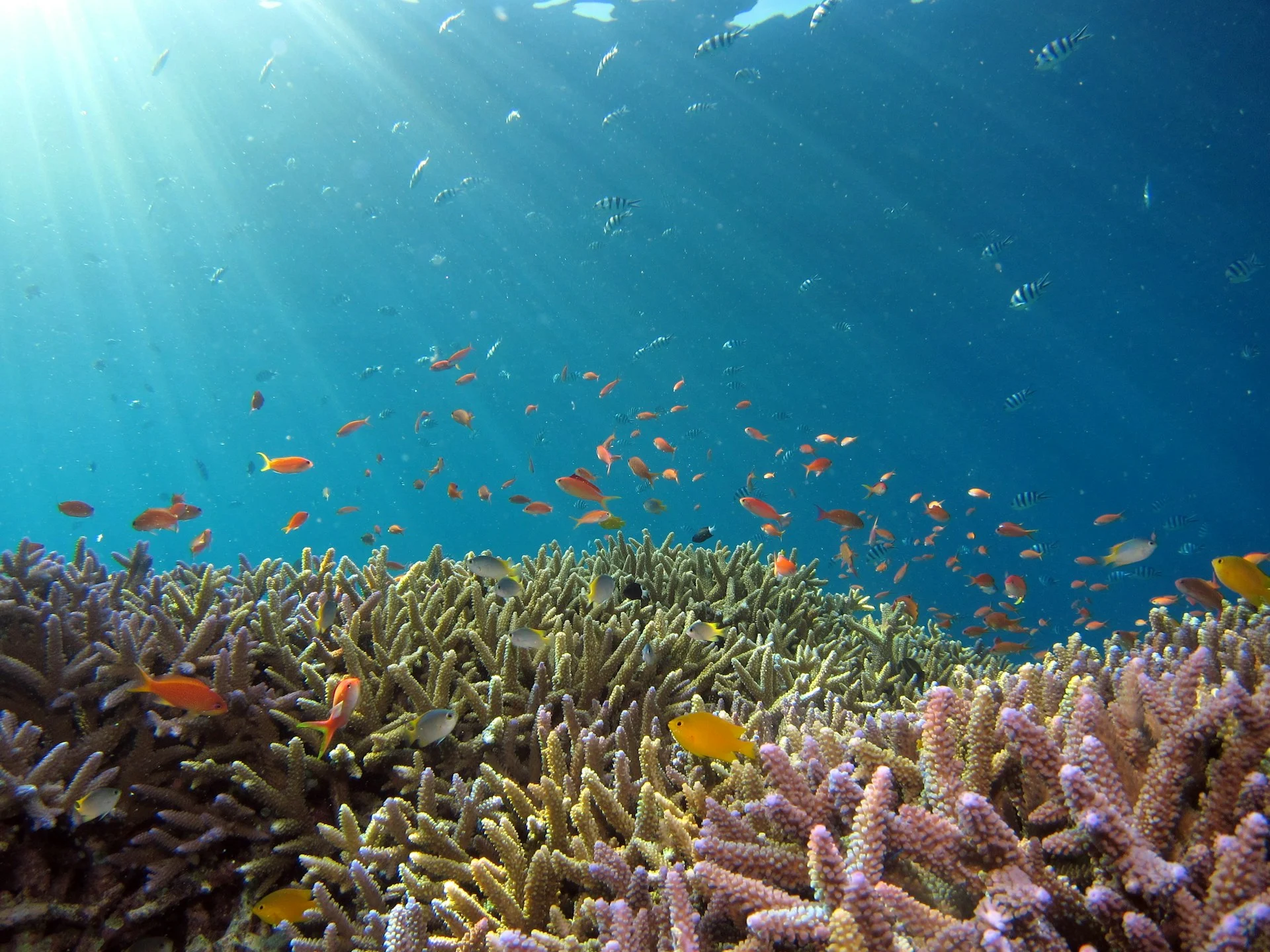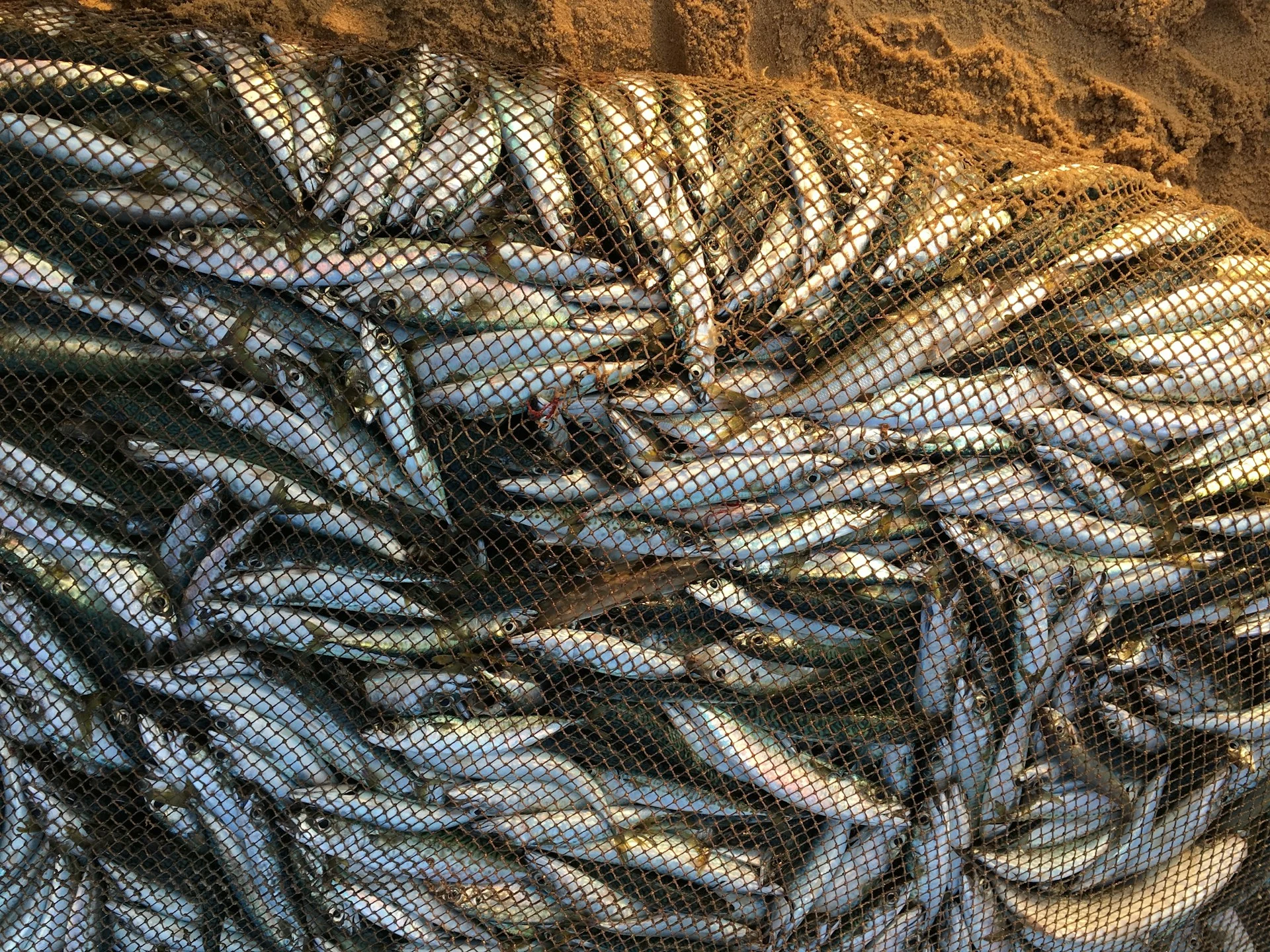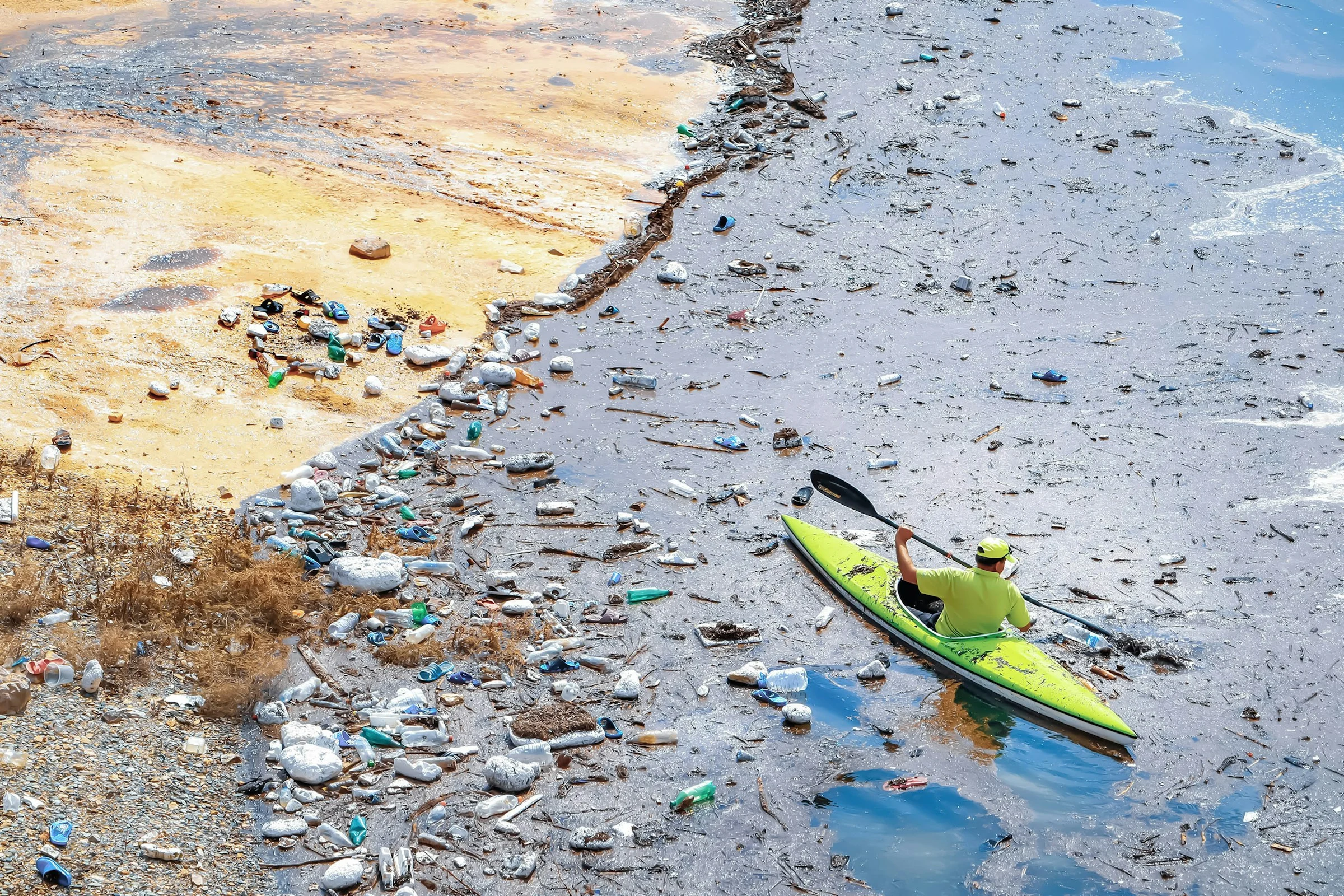One Ocean
If we look at the ocean from another perspective, we’ll see its other face — its true face. On the map, different parts are named: Atlantic, Pacific, Indian. But in reality, there is only one ocean. All waters connected. One vast playground.
The ocean takes and gives in a constant theatre of life and death. Change defines it. Land is eaten up and created at the same time. A raging storm in one place is balanced by calm, tranquil waters in another. Hot and tropical versus cold and icy — so different, yet finely tuned to perfection by millions of years of evolution.
Living Ocean
The importance of the ocean lies in its ability to support life — all life, including ours. It generates the oxygen we need, regulates the climate and weather patterns, and provides us with food and livelihoods. It’s the biggest producer on the planet.
If we zoom out, we can see the ocean as a giant organism. Currents transport nutrients from the depths to the shallows, from hot waters to cold, and vice versa. These underwater highways, used by many migratory species, are just like veins in our bodies. They crisscross the planet, connecting different biotopes — think of Caribbean reefs linking to the North Atlantic.
This immense body of water supports a vast variety of biotopes, from tropical coral reefs to the cold-water realms of the poles. Within these, marine life thrives in millions of forms. Most people know about coral reefs, dolphins, and whales — but there is so much more.
Life thrives even in the deepest parts of the ocean, against all odds. Where there is no sunlight to provide energy, chemistry takes over. In total darkness, entire ecosystems live around thermal vents — ecosystems we didn’t even know existed a few decades ago.
Life begins with the tiniest organisms and, through the food web, climbs to apex predators — only for those same predators to become food again for the bacteria that started the cycle. It’s a remarkable cycle of life.

Photo by Hiroko Yoshii on Unsplash
Dying Ocean
With all its might, the ocean has its limits. And limits exist for a reason — cross them, and something non-standard happens. We’ve already crossed some; others we’re dangerously close to. There is only so much. Only so many fish. Only so much krill. Only so much…
The state of today’s ocean is truly alarming. As scuba divers, we can witness the decline of coral reefs firsthand — and that’s just one part. What we see in the ocean is the problem, but not the cause.
- Overfishing & bycatch
- Habitat destruction
- Pollution and waste
- Untreated sewage
- Ocean accidification
- Emerging threats like Deep-sea mining and many more..
To solve the problem, we must address its root.

Photo by Jutta Wilms on Unsplash
Problems – Let’s Ask Why?
There’s so much plastic garbage in the ocean.
Why? Because it gets there from land, from fishing vessels, etc.
Why? Because we discard it after use.
Why so much plastic? Because so many products are made of it.
Why? Because it’s cheap, easy to produce…
And there it is: the root of the problem lies in our use of plastic. The fact that it ends up in the ocean is just a consequence of that use — and of our mishandling. To fix the issue, we must rethink plastic use, replace it with another material — or stop using it altogether. Once we have the root, we can design corrections.
Plastic is just one example. The same thought process can be applied to many issues — problems we created out of ignorance, greed, or both. And the consequence? A spiraling decline in ocean health. Everything is connected. One change leads to another, triggering yet more changes. Like a human body, the ocean can endure and recover — to a point. But when the damage becomes too much, we die. So will the ocean.

Photo by Fayegh(Shamal) Shakibayi on Unsplash
The Future?
The ocean still holds many secrets. We are only at the beginning of discovery. Yet even with our limited knowledge, we already understand the impact we’ve had — and the consequences if we don’t change course. If current trends continue, the ocean’s potential — from undiscovered medicines to scientific wonders that could fuel our technologies — will be lost.
We must learn to support the ocean. Use it fairly. Don’t suck it dry. The ocean is right in front of our eyes — don’t lose it.
Let’s change our actions so we can live with the ocean, not just off it.
Image credits
Main photo – Photo by Gatis Marcinkevics on Unsplash
